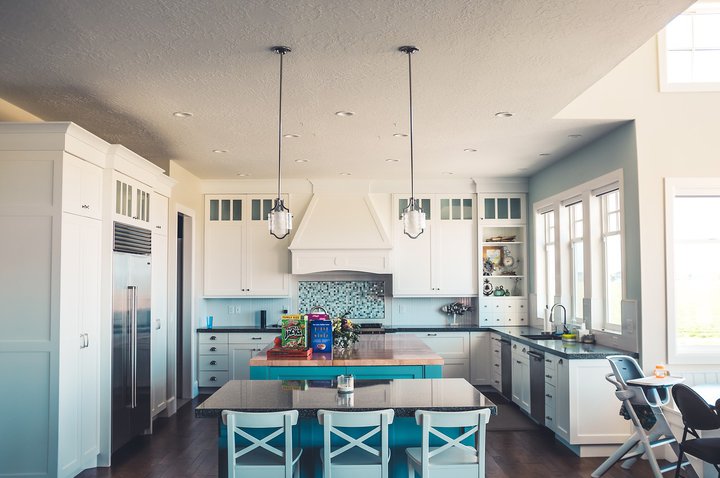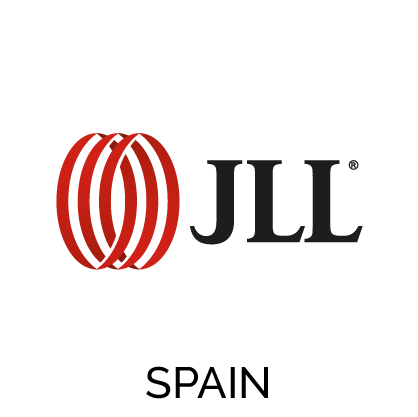JLL’s latest report "JLL European City Dynamics 2 - Young Urban Residents" assumed that, in general, «the impact of the pandemic on real estate will be drawn out and complex». JLL forecasted that, in Europe, the pandemic will change the way of living in the cities, especially for young people, creating new needs in terms of housing. And it will be these adjustments in terms of demand that might shape the living assets, a group which includes student housing, multifamily and co-living.
Student housing: flexibility is paramount
For the student housing segment, «a focus on flexibility will be paramount». Demand for lease flexibility, for example with the end of term breaks, may become more common. And the use of technology to schedule usage of residences’ common areas (such as kitchens, gyms and workspaces) might be a solution.
Another trend that was identified assumed that «the students will have stronger preferences for locations that limit the unnecessary risk of exposure to the virus. Attractive student housing schemes will, therefore, be close to university campuses, departments and other centralised services (e.g. libraries and sports facilities) », revealed JLL.
In terms of deciding where to invest in, players’ decisions «will have to be made with these changes in mind, alongside competition from alternative student accommodation providers», alerted the consultant.
In order to compensate revenue losses, many Purpose-Built Student Accommodation (PBSA) assets use the summer months to generate supplementary short-term rental income. «Blended schemes with a diversified tenant base already exist, providing a more granular income stream and ultimately a more flexible revenue model», it can be read in the document.
Multifamily- Cash flow risk and resilience
The multifamily segment has shown itself resilient to the effects of the crisis. Proof of that is its occupancy rates in Europe which, according to JLL, «have barely been affected». Now, owners should keep their focus on maintaining those levels instead of increasing them.
«With changing lifestyle priorities, multifamily operators and investors need to have renewed awareness of the value of asset location», said the consultant exemplifying that «the buildings near employment hubs will remain attractive to upwardly mobile workers, but may need to offer more than just convenience». Also, the «outer city multifamily assets could provide more affordable alternatives for those seeking a better lifestyle balance and will particularly attract young families», added the consultant.
Apart from location, tenants also started valuing a series of areas within their homes, which should shape the future offer. Amongst them are interior design elements, including unit floor areas, home office set-ups, and personal outdoor spaces.
Coliving: investing in a nascent sector
Despite the institutional investors’ growing interest in coliving, the segment was tested during the pandemic. «With little hard operational evidence of asset performance and resilience, it is unsurprising that the flow of capital into the sector has been lower than expected», revealed JLL.
Nevertheless, coliving may fill in the new needs in terms of demand, which now values even more flexible and accessible private spaces. For business travellers or those choosing to now work flexibly over greater distances from the city and who want to avoid hotels, co-living offers an alternative. For young Europeans looking to move out of home for the first time, it can become an affordable living solution.
Coliving operators have demonstrated the importance of «high-quality asset management as a protector against lost income». But JLL alerted that the flexible lease options provided by many co-living buildings can be both a positive and negative. In order to avoid losses, «operators will have to carefully balance the opposing forces on incomes and, subject to local planning regulations, mix both permanent and transient communities in their buildings».
The use of technology in the right amount, the creation of work areas, central location and the creation of high-quality personal spaces are some of the coliving buildings’ characteristics which will be in demand in the near future.

